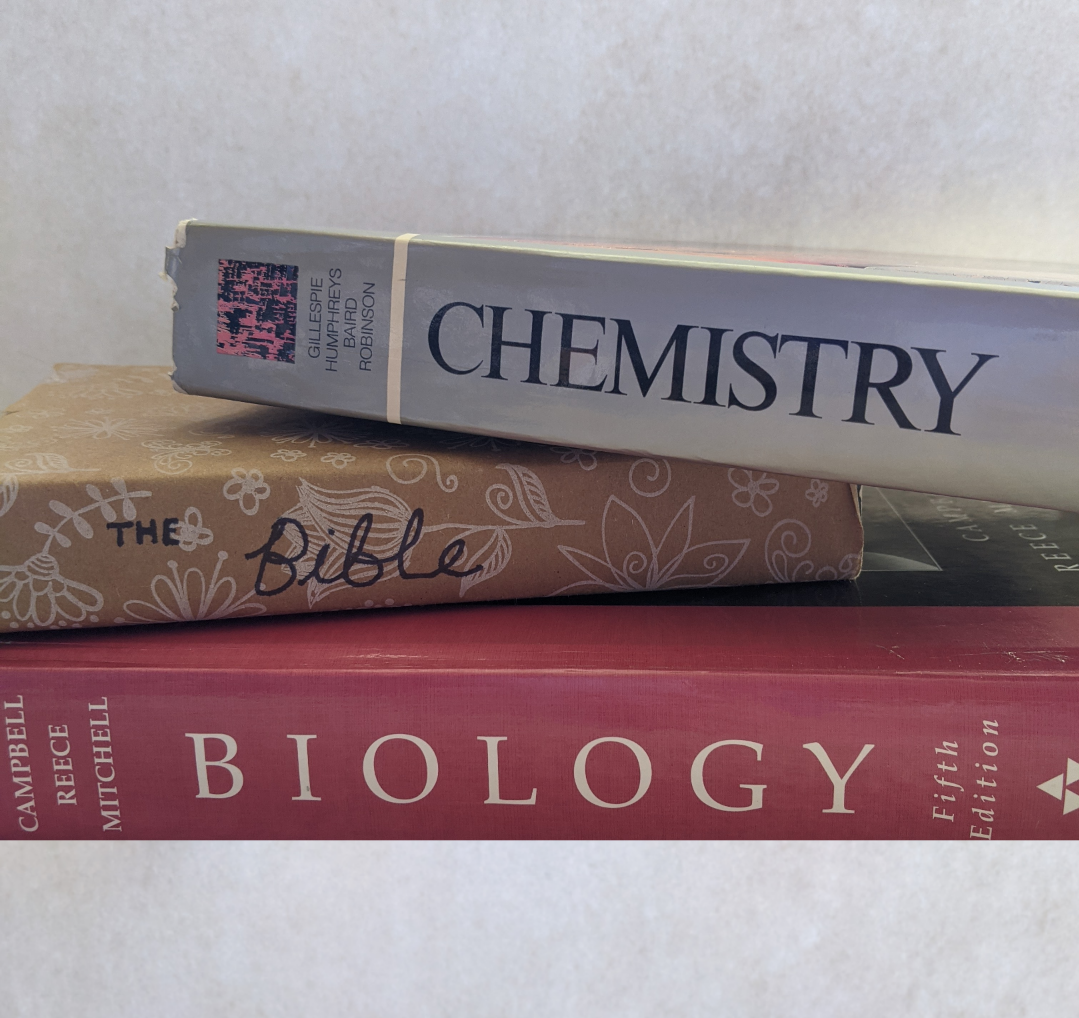Can science and religion coexist?
Emily Richter. 01/01/2021

Science and religion seem to always be at odds. In the 1500s, when Nicolaus Copernicus announced that his observations about other planets supported the idea that Earth is a round planet revolving around the sun, the Catholic Church strongly objected to his findings because they contradicted the words of the Bible. Even today, some people doubt the roundness of Earth, pointing to the Bible as evidence against the proven idea. Throughout history, scientists and religious leaders have clashed as both point to different types of evidence to support their ideas about the world. History repeats itself today. Many religious people do not believe in human-caused climate change, while most scientists do. The conflict between science and religion has created deep fissures in society. Is it possible for the two subjects to peacefully coexist?
The most common point of contention between scientists and theologists is likely evolution. When naturalist and biologist Charles Darwin introduced the theory of evolution in the nineteenth century, religious leaders everywhere panicked. Darwin’s theory of evolution, which states that all living things evolved from a common ancestor, seemed to disprove many religious texts. As many religions preach that humans were created by a god as unique and superior beings, the idea that humans, animals, bacteria and every other living thing come from the same ancestor does not sit well with many religious people. However, Harvard professor Martin A. Nowa believes that evolution poses “as little problem for religion as [the concept of] gravity.” Nowak notes the evolution of what he calls “human cooperation” is evidence for the theological belief of human superiority.
Nowak’s concept of human cooperation starts with the most obvious thing that sets humans apart from other living things. As of now, scientists have not discovered any other species that communicates using a language with specific grammatical rules. Nowak also notes the widespread human belief that “close relations have the highest social importance” and the fact that humans are “hopeful, generous, and forgiving” set humanity apart in the realm of communication. Since scientific evidence suggests that humanity carries these three unique communication traits due to evolution, Nowak suggests that evolution does not refute human superiority. Instead, he believes that the concept of evolution actually supports religious belief and provides an explanation for it.
Many theologists believe that religious texts are best understood as metaphors that aid humanity in its understanding of higher powers. While science and religion can clash when religious texts are taken as fact, science peacefully coexists with metaphorical understandings of religious texts. If the creation of humanity is understood not as a fact but as a metaphor, evolution and religion can both easily find a place in the universe’s timeline. Nowak says that “to say science disproves God goes beyond what science really says.” As both a scientist and a religious man, he believes that relying solely on either science or religion to explain the world makes a person insatiable in their understanding of the world.
A 2011 study at Rice University led by sociologist Elaine Ecklund revealed that about 70% of faculty members associated with science at research universities believed that science and religion are sometimes in conflict. In addition to polling research university faculty, Ecklund polled and interviewed hundreds of scientists. Her 5,000 pages of transcribed interviews reveal that overall, scientists believe that while some specific strains of religions and some specific religious people often clash with science, religion as a whole is usually able to successfully coexist with science. Scientists who did not believe religion and science could coexist usually had “a narrow view of religion, identifying it most with conservative strains of American evangelical Christianity” and not with other religions, or even other branches of Christianity. Scientists whose views of religion included other religions and “non-institutionalized spiritual practices, such as meditation” were likely to identify science and religion as compatible.
As part of the interview process, scientists were asked to review their religious colleagues. Many scientists reviewed their religious colleagues favorably, and some even cited scientists like Christian geneticist Francis Collins as examples that religious people can make good scientists. Ecklund’s findings agree with Nowak’s belief that science and religion both strive to make sense of the world in different ways and that both are “valid avenues of knowledge”. While the divisions in society created by conflict and religion cannot be completely fixed in the near future, the fact that many scientists believe that religion and science should be able to peacefully coexist is comforting and hopeful.
Cover Photo: (Emily Richter)

Emily is a junior from Maria Carrillo High School in Sonoma County. She loves chemistry and the environmental sciences and plans to be an environmental chemist when she gets older. Through InterSTEM, she hopes to combine her experience in writing with her interest in STEM in order to help others enjoy and understand STEM. In her free time, she likes playing the flute, and baking and cooking.